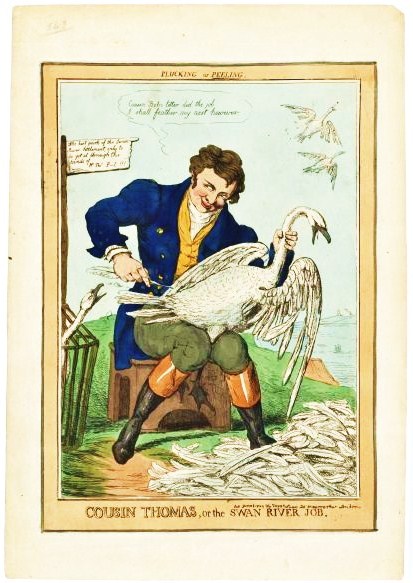I had the opportunity to present research on Discounted Cash Flow (DCF) conducted as part of PERFORMABUSINESS at the Annual Meeting of the Society for Social Studies of Science (4S) that was held on October 9-12 in San Diego, California. I talked about DCF and drug development (“What’s a molecule worth? Discounted cash flows and drug development”), drawing on a paper presented last month at the Congress of the French Sociological Association. My talk was part of a session on “Calculability and performativity” which explored processes of making things calculable through case studies in natural resource management, corporate social responsibility, risk modeling, and drug development. Kathrine Tveiterås from the University of Tromsø showed how marine systems are economized to be made manageable, through the 2009 Norwegian Marine Resources Act which broadened the scope of regulation from commercially interesting stocks to include all living marine resources. Laure Cabantous from Cass Business School discussed how the implementation of new European insurance regulation (Solvency II) induced changes in risk management practices in insurance companies. Jean-Pascal Gond from Cass Business School described the construction of the French responsible investment market, highlighting the role of calculative infrastructure and uncertainty displacement. The discussions, opened by Peter Karnøe’s comments on truthfulness, contestations and dynamics in processes of calculability and performativity, raised issues relating to the interplay between tool-supported calculations and professional judgment, the different forms and roles of uncertainty, and the effects of responsible investment practices.
From my paper’s abstract:
Research and development of new drugs increasingly relies on partnerships between pharmaceutical companies and biotech start-ups. The latter are, in most cases, new ventures founded to commercialize results originating from public research. While the ability of biotech start-ups to translate scientific knowledge into knowledge that “the market will value” has been emphasized in the literature, little is known about this valuation process in practice. The paper examines how the market value of scientific knowledge is demonstrated and measured in partnerships between pharmaceutical companies and biotech start-ups, by focusing on a calculative device that is central in this process: the discounted cash flow formula (DCF).
DCF calculates the value of a project by estimating the future cash flows that this project is likely to generate, reducing them by a certain factor due to their distance in time and their probability to occur, and adding them up to obtain the project’s “present value”. Faced with drug development projects, and their considerable length and uncertainty, the formula produces puzzling results: seemingly strategic projects turn out to have insignificant, or even negative, value. In order to account for the widespread use of a seemingly false, or even dangerous, formula, the paper adopts a performative approach and examines the effects that DCF induces in practice. Building on interviews with managers and consultants involved in project valuation, as well as on the analysis of scholarly and practitioner publications, we highlight two “felicity conditions” for the formula’s performativity, which pertain to its network and its affordances.

